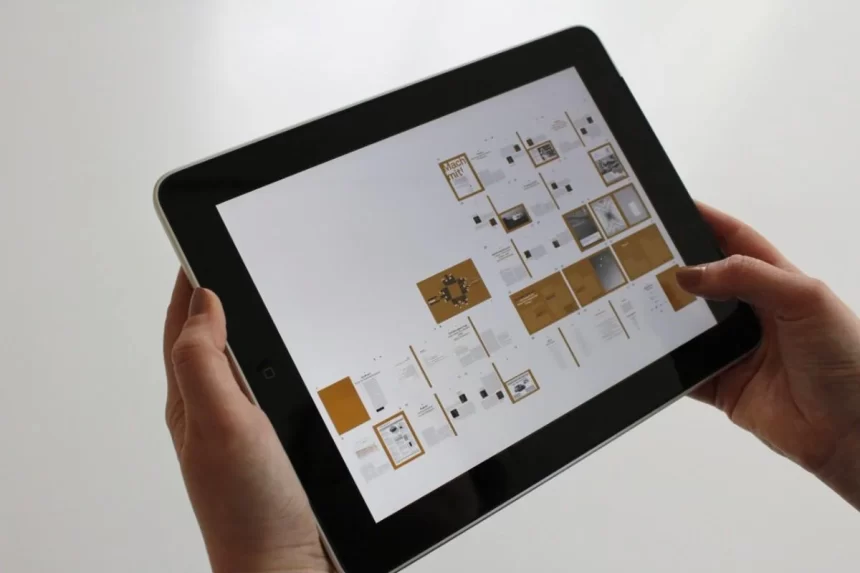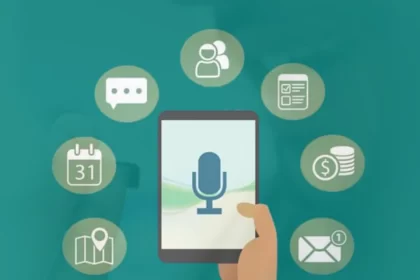As per Salesforce, more than half of field service organizations continue to use manual methods for serving clients. That means they must still send a representative out to the field to either check or fix a system. Whether unplanned or scheduled maintenance outages, traditional field service is time-consuming and expensive.The latest technologies and IoT are used in field services because they had all the materials they needed to solve the problem quickly and effectively.
Field Service
Think about wind turbine servicing technicians. They get word that it doesn’t spin as it should, so they drive out into the agricultural fields where the wind farm is located for a few hours. They put on their harnesses, grab their instruments, and climb to the top of the wind turbine (this can take hours). Finally, they get to the top, exhausted, and start troubleshooting the problem. They find the problem within minutes, but unfortunately, they do not have the right tool to fix it. They have to climb down the turbine now, search for the truck’s tool and, if they do not have it, go back to the shop to get it. Once they have been found, they have to climb to the top of the turbine again and start fixing the problem.
But what if they can diagnose the problem remotely and save tremendous time and, ultimately, money? If the technicians knew what the issue was ahead of time, they could ensure that they had all the materials they needed to solve the problem quickly and effectively with latest technologies and IoT are used in field services.
Data, Internet of Things and Artificial Intelligence
This is where the IoT and AI come in. Here is how:
- Monitoring in Real-Time: With IoT sensors, you can monitor assets continuously for the position, speed, and any other variables that could affect the quality of the product or the time of arrival. Based on speed and distance, ETAs would also be calculated continuously. At any given time, dynamic notifications keep you in the loop.
- Remote Asset Management: A connected asset allows operators and professionals on the field services to connect to it from anywhere in the world and to diagnose problems to start troubleshooting remotely. This is useful because it can present knowledge about a problem and, most importantly, how it can be solved without going into the field.
- Proactive Technicians: An IoT platform deploys analytics like AI to identify issues that need repair when the devices report their status. Alerts are sent to field technicians, advising them on the urgency of the situation and allowing them to address problems proactively.
- Predictive Maintenance: Catastrophic errors are the problems of yesteryear as predictive and prescriptive analytics driven by AI are used to address challenges in real-time. Maintenance of assets and equipment is shifting from scheduled to as needed, reducing costs and increasing uptime.
From condition-based monitoring and digital twin formation to remote asset diagnosis and troubleshooting, cases of uses in field service tend to be endless and genuinely transformative for AI and IoT. Through these technologies, companies are already seeing the financial benefits of reducing maintenance costs and reducing unplanned downtime events. As they mature and evolve, and organizations keep inventing new ways to leverage them, we’ll see industries truly transform field services.










